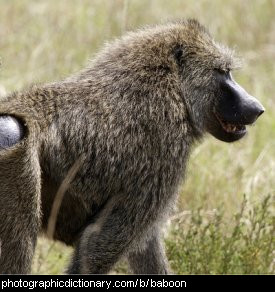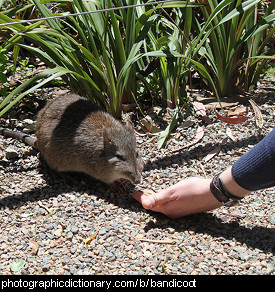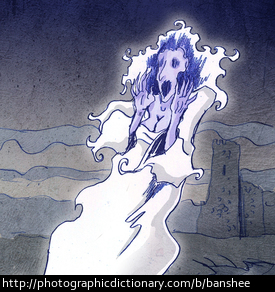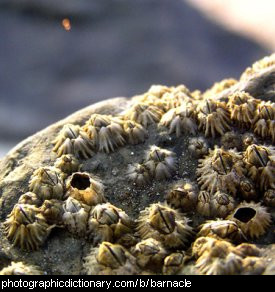Scientific name: genus: papio
Bacteria are organisms that have only one cell. In contrast, humans are made up of millions of cells. Bacteria are so small they cannot be seen, but if enough of them are in the same place you will be able to see them.
Most bacteria are harmless or even beneficial, but some can cause food poisoning, infection and disease.
Bis forBactrian camel
Scientific name: camelus bactrianus
The bactrian camel is different to the dromedary camel because it has two humps instead of one. There are a lot less bactrian camels, and there are very few wild ones left.
Scientific name: meles meles (European badger)
Badgers are related to weasels, otters, wolverines and ferrets. They eat small animals and sometimes insects. Badgers come from Europe. They are excellent diggers, and make themselves burrows called setts.
A male badger is a boar, a female badger is a sow and a baby badger is a cub. The collective name for a group of badgers is a cete.
Scientific name: order: peramelemorphia
Bandicoots are small marsupials from Australia. Most bandicoots are about the same size as a rabbit. They eat plants as well as insects and small animals. There are around 20 different species of bandicoot.
Barnacles live only in the sea. They are related to crabs and lobsters.
Barnacles stick themselves to a surface and live there in the same place for their entire adult lives. You usually see them on the beach stuck to rocks, or stuck to the bottom of boats. They eat small sea creatures that drift past them in the water.
Bis forBasset hound
Basset hounds are dogs with very short legs. They were bred as scent hounds, to track rabbits by smell. Basset hounds are white with coloured patches.













